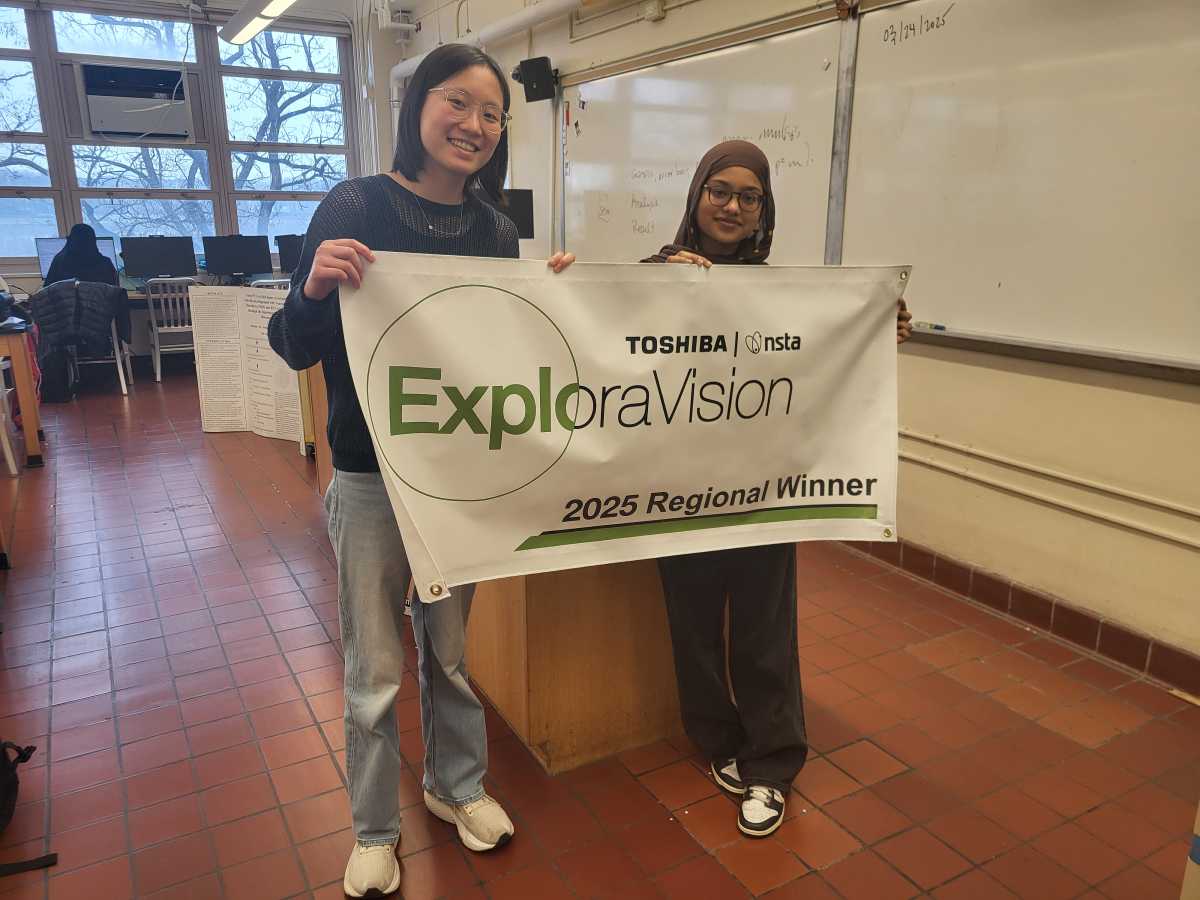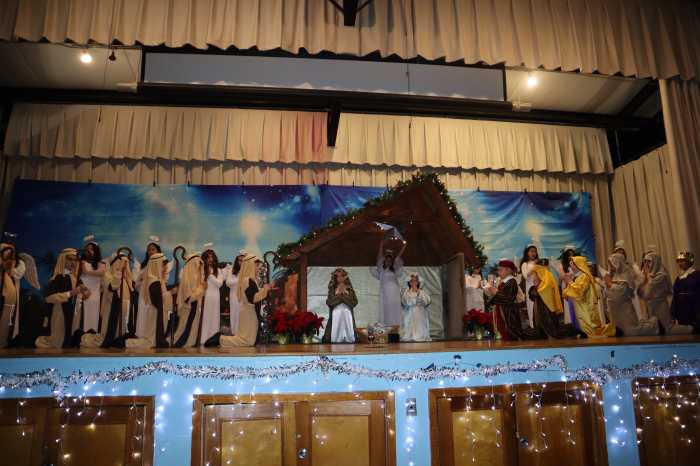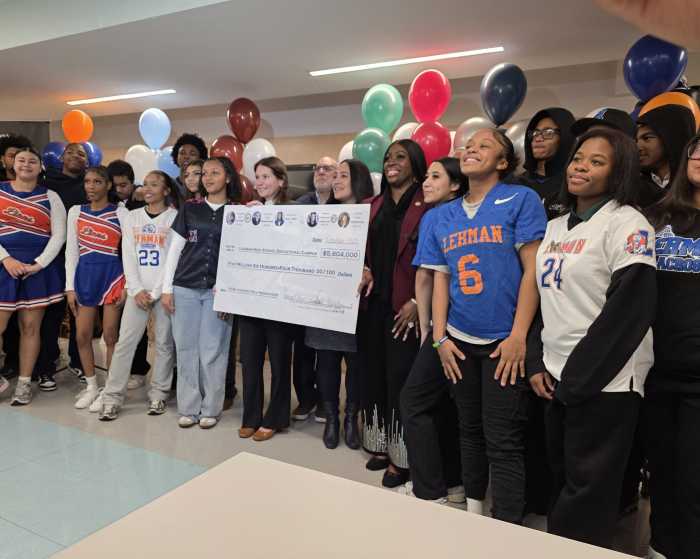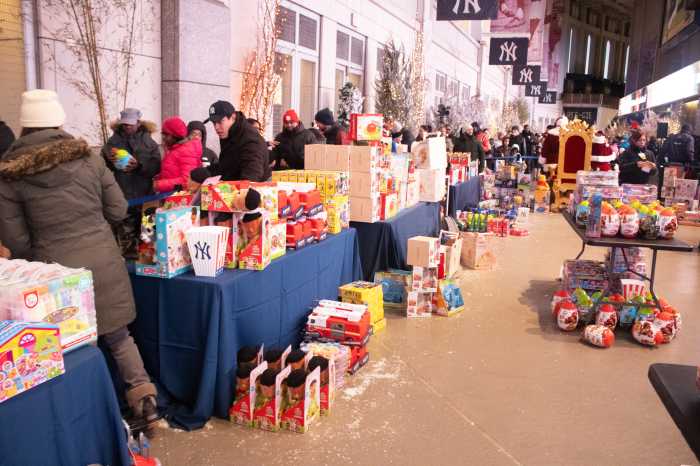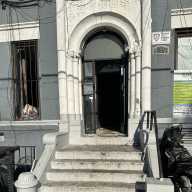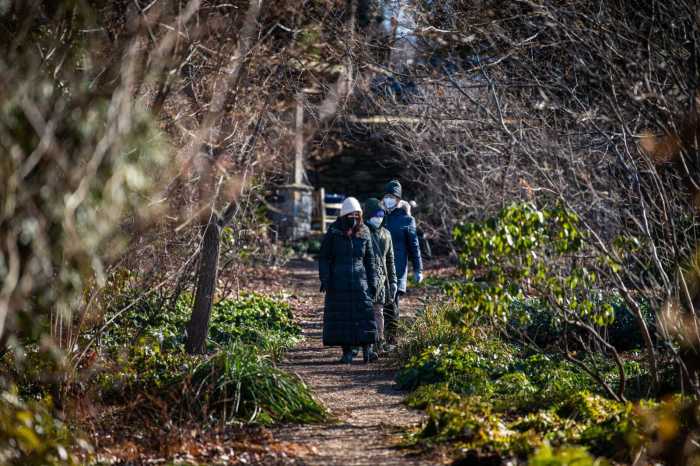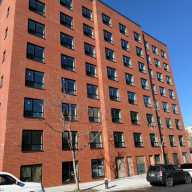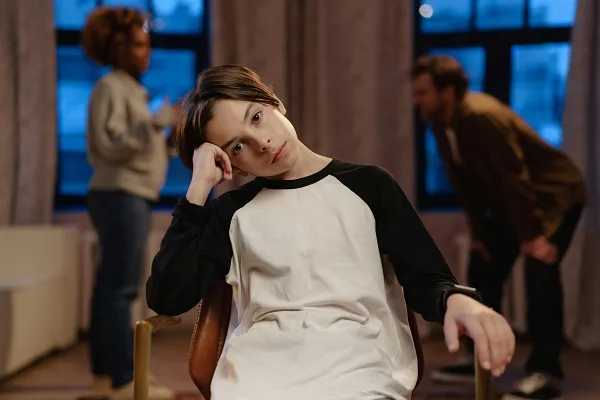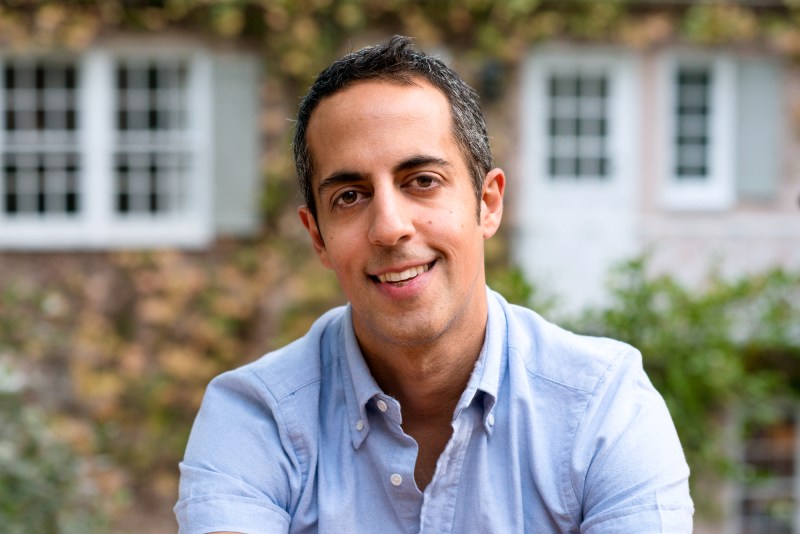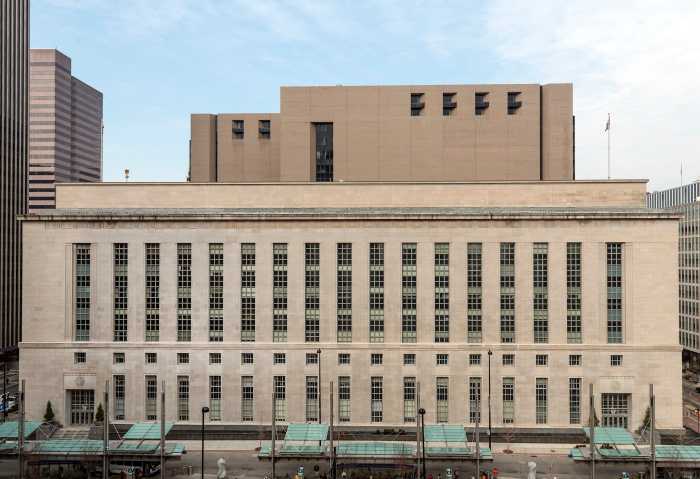Two juniors at the Bronx High School of Science have been named regional winners of ExploraVision, the world’s largest K-12 science competition.
This year marks the 33rd annual contest, run by the National Science Teaching Association (NSTA), sponsored by Toshiba and endorsed by Bill Nye the Science Guy, which has drawn nearly 450,000 participants from the U.S. and Canada since its inception.
For the competition, students must create potential solutions to problems that may exist in ten years or more, using scientific research methods to plan and test their ideas.
“These students aren’t just envisioning the world of tomorrow—they’re actively designing it,” said NSTA President Alicia Conerly, Ed.D., in a press release.
Students Anna Hsu and Tasmina Maysha told the Bronx Times they worked all through January, including winter break, to develop a plan for a smart contact lens called “StabilEyes.” The lenses treat nystagmus, a condition marked by involuntary, rapid eye movements, according to information from the Cleveland Clinic.
Common symptoms of nystagmus include blurry vision, balance problems, vertigo and the feeling that one’s surroundings are moving. While the condition is fairly rare (estimated to affect 6 to 24 people out of every 10,000), it can be associated with serious health problems such as stroke and brain tumors, and many treatments are not fully effective.
Maysha said she first learned about nystagmus from her sister, a medical student in ophthalmology. Since current treatments such as medication and surgery often do not completely cure the condition, she recognized the need for a new innovation.
“There was nothing that could quickly deliver treatment to a patient,” said Maysha.
Maysha and Hsu teamed up to create plans for a soft contact lens that leverages piezoelectricity, the ability of certain materials to convert mechanical energy (in this case, pressure from involuntary eye movements) into electrical energy.
The contact lens has two main components: a piezoelectric actuator and a motor. The actuator generates electricity through the piezoelectric effect, in which the wearer’s eye twitching actually powers the device. When the piezoelectric material is compressed by the eye movements, the atoms shift and create electricity.
The actuator is then connected to a motor, which sends small vibrations to a portion of the wearer’s eye, counteracting the involuntary eye movements.
Both Hsu and Maysha have an interest in biotechnology and sought to take something familiar — contact lenses — and put an innovative spin on it. The students have already taken research, engineering and physics courses, and “StabilEyes” combines all three.
But beyond a clever idea, the students also had to research materials that would create a product most people could afford.
“You want to make something that’s accessible and sustainable,” Hsu said.
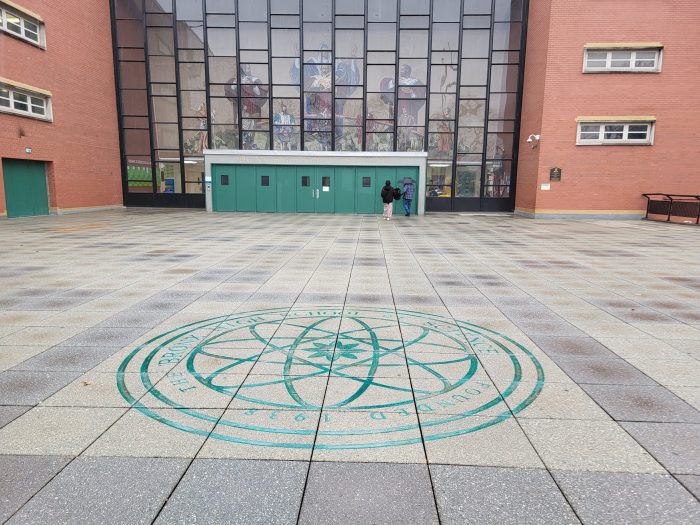
For the regional round, students were required to create a slideshow detailing the project and their data. Now that they are selected for nationals, they will need to create a physical prototype and website for “StabilEyes.”
The students said they feel fortunate to have been selected from thousands of entries from across the country. Other winning projects included a portable biosensor to detect the presence of nut allergens, and an earpiece and Bluetooth watch to help prevent seizures.
“I thought it was really crazy because there’s so many people applying, it’s a really big competition. It’s nice to see our work get acknowledged,” Maysha said.
“We’re both really excited,” said Hsu.
Dr. JoAnn Gensert, the students’ research teacher, said it was a pleasant surprise when the congratulations banner from ExploraVision arrived at the school for Hsu and Maysha. In addition to their regional win, several other projects she oversaw received honorable mentions.
“I love seeing that,” she said. “It’s a feather in their cap.”
Gensert said the competition is high-level because it requires students to not only come up with a great innovation but also to effectively communicate through visual design and verbal explanation, which are equally important skills.
She said she believes “StabilEyes” has the potential to become a real, marketed product to treat nystagmus and hopes her students might someday be credited for the invention. But “even if you can’t do it now, the idea has to be practical and logical,” Gensert said.
The 24 ExploraVision regional winners will advance to the national phase in June for a chance at winning $10,000 savings bonds and other prizes. The regional winners will receive Chromebooks to help them create websites and short videos showcasing the team’s technology.
To follow the competition, go to https://www.exploravision.org/.
Reach Emily Swanson at eswanson@schnepsmedia.com or (646) 717-0015. For more coverage, follow us on Twitter, Facebook and Instagram @bronxtimes

